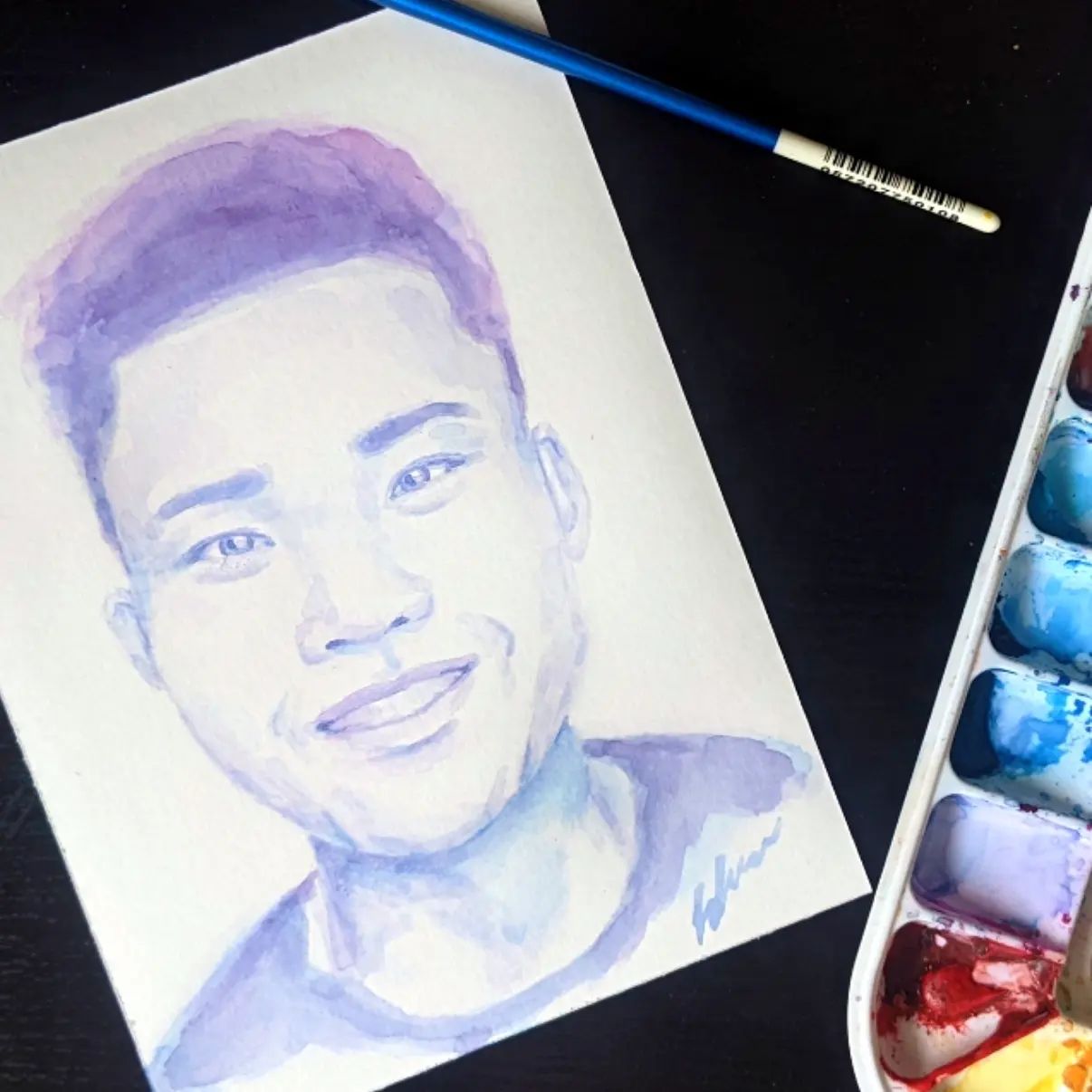Navigating Ethics in Homeless Photography
- 3 mins
This blog idea sparked from a troubling incident in the social service field, where a non-profit hired models to pose as homeless individuals for a marketing campaign. This raised questions about the ethics of using models and the broader issues of authenticity, exploitation, and stereotypes.
Ethical Dilemmas with Models
Hiring models for non-profit campaigns introduces complex ethical issues. While it can effectively convey a message, it also brings up concerns about authenticity, exploitation, and perpetuating stereotypes. Alternatively, featuring real individuals with homelessness experience provides genuine representation and respects their voices. As with any process, a consent form alone isn't sufficient. There needs to be a proper protocol for informed consent.

Fair Compensation Matters
Fair compensation is crucial in ethical homeless photography. Whether through payment or an honorarium, compensating individuals who've experienced homelessness recognizes their contribution and addresses power dynamics. While eliminating all imbalances may be challenging, fair compensation is a tangible step in navigating ethical practices within the framework of capitalism. Even professional models are exchanging a form of labor for money to survive in our capitalist system.
Informed Consent and Potential Regret
Concerns about individuals regretting having their photos taken highlight the importance of obtaining informed consent. While professional models may be familiar with the process, newcomers to the field require a more detailed approach. Building trust, fostering collaboration, ensuring transparency, and allowing ample time for questions are key elements in mitigating potential issues. If concerns arise, each country and jurisdiction will have various methods by which clients can retrieve their information, so it will depend on your location.

Inclusivity in Modeling
It's essential to recognize that anyone can be a model, dispelling the notion of gatekeeping in the field. Although modeling demands skill and experience, it should not be restricted based on housing status. Financial constraints, a reality for many, should not hinder access to any form of work, including modeling. To put it into perspective, more than half of Americans and around half of Canadians are one paycheck away from being unhoused.
Decisions regarding photographing individuals experiencing homelessness should be grounded in a deep understanding of their diverse perspectives, with a commitment to preserving dignity and rights. While approaching someone in the midst of a mental health crisis is inappropriate, there are many individuals on the path to empowerment and social mobility who would willingly share their stories. It's important to highlight actual faces because stress and the impact of poverty have tangible physical effects. The essence of photography lies in capturing these authentic details rather than fabricating them using a model.
Navigating Risk Aversion
While organizations understandably seek to avoid legal and public scrutiny, societal risk aversion can impede progress. Overemphasis on political correctness may inadvertently harm those intended to be protected. Balancing risk and responsibility is essential; we must be willing to embrace some level of risk to address pragmatic tasks rather than getting entangled in semantic debates.

Class Representation
While it's possible that these issues have already found resolution, fostering partnership and collaboration with vulnerable clients remains vital. As a social worker, I've frequently provided honorariums, grocery gift cards, and other incentives to encourage client participation, especially when sharing personal stories.
While there's a deeper ethical layer in sharing vulnerable client stories for increased funding, this discussion also sheds light on the persisting issue of modeling exclusivity. Although strides have been made in incorporating models of various sizes and colors, significant pushback suggests the urgent need for a broader conversation on class representation within the modeling industry.
Let’s Connect
Whether you're a seasoned professional in photography or modeling or just beginning your journey, I'd love to hear your perspective. As a social worker, my insights represent just one viewpoint, and I'm aware that there are numerous other perspectives to consider.
Modelling is a complex field that intersects with various factors beyond body size. Taking an intersectional approach is crucial, acknowledging the interconnectedness of multiple identities such as ethnicity, religion, sexual orientation, age, and ability. I'm eager to learn from the diverse experiences and viewpoints that others in the field may bring to this important conversation.

